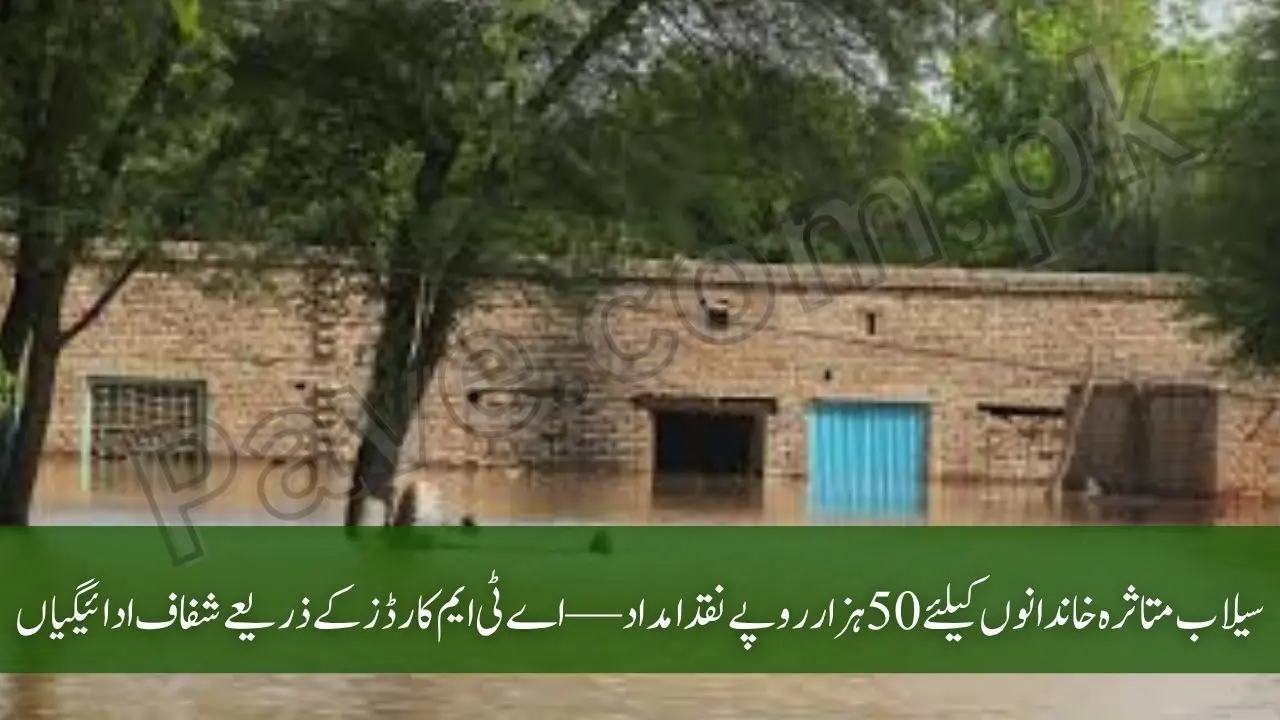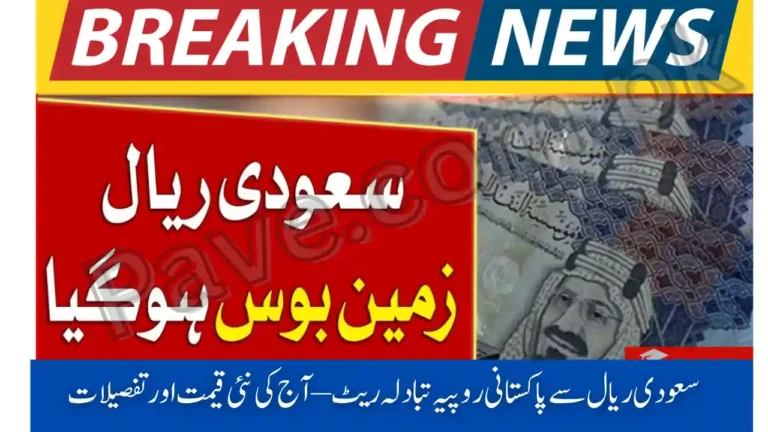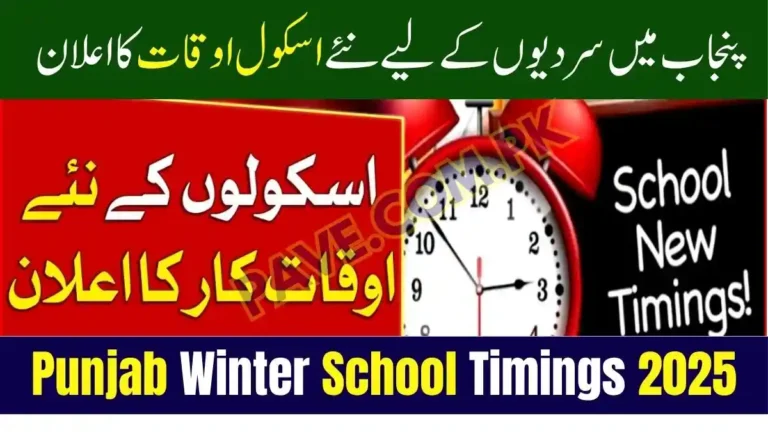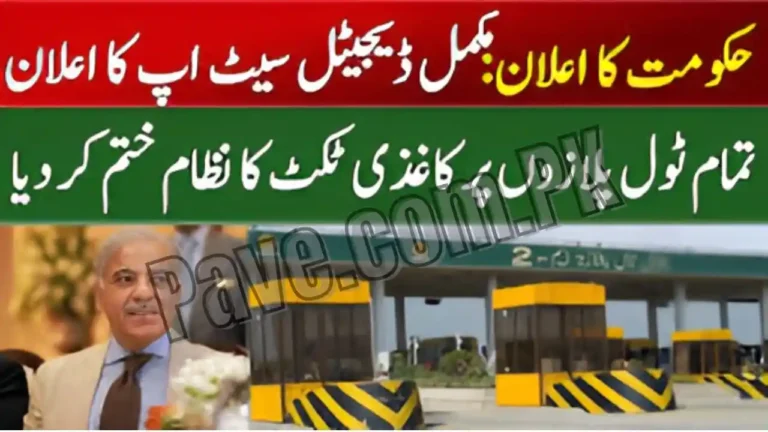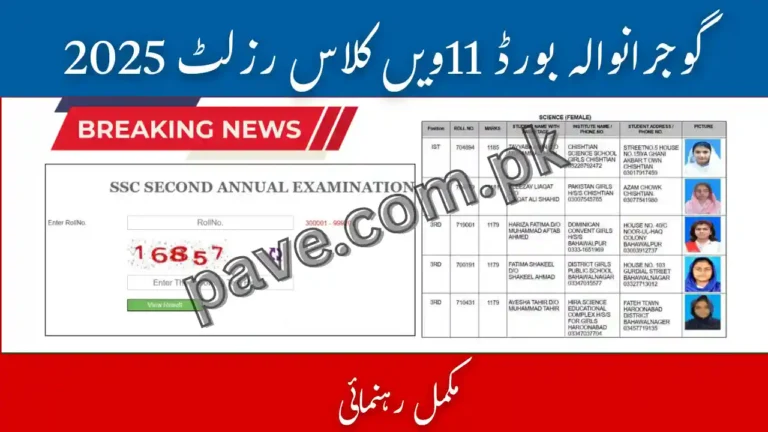Flood-Hit Families to Get Rs 50000 via ATM Cards — Maryam Nawaz Unveils Rehabilitation Plan
Flood-Hit Families to Get Rs 50000 via ATM Cards as Punjab Chief Minister Maryam Nawaz Sharif launches a historic Rs 100 billion Flood Rehabilitation Program 2025, designed to rebuild homes and restore livelihoods across disaster-hit districts. The initiative promises fast, transparent, and technology-based financial aid for every affected family, reflecting the provincial government’s new model of digital welfare governance.
Speaking at the launch ceremony in Muzaffargarh, Maryam Nawaz said the government’s goal is “not charity but justice — every citizen must rebuild with dignity.” She announced that all verified victims will receive direct transfers through bank ATM cards, eliminating intermediaries and corruption.
The Punjab Social Protection Authority (PSPA), in coordination with NADRA, has established a real-time database for beneficiary verification. Each family in verified flood-hit tehsils will receive Rs 50,000 cash relief, marking Punjab’s largest digital-payment-based disaster-relief operation to date.
🌊 Background — From Relief to Rehabilitation
The floods of 2025 devastated dozens of Punjab districts, displacing hundreds of thousands of people. To address the crisis, the provincial cabinet approved a Rs. 100 billion package covering both cash support and infrastructure rehabilitation.
Maryam Nawaz personally visited flood-hit districts — including Muzaffargarh, Rajanpur, Dera Ghazi Khan, and Rahim Yar Khan — to review damages and meet families awaiting compensation. During her visits, she assured citizens that financial aid would be digitally credited rather than manually distributed to ensure fairness and transparency.
Read More: Punjab Govt Announces Rs 10 Lakh Relief for Jalalpur Peerwala Flood Victims 2025
💳 Cash Transfers Through ATM Cards
Under the plan, each verified family will receive Rs. 50,000 in cash directly via bank-issued ATM cards. The government has partnered with Bank of Punjab (BOP), HBL, and UBL to handle disbursement.
Beneficiaries can withdraw money anytime without service charges. The program uses real-time data integration between PSPA and NADRA, minimizing duplication or fraud. Women-headed households, widows, and senior citizens have been placed in the priority category for early payments.
Maryam Nawaz said this transparent digital method “ends the era of manual relief queues and brings assistance straight into citizens’ hands.”
🏠 Program Components
The Rs. 100 billion rehabilitation plan includes:
- Rs. 50,000 cash relief per verified household.
- Home-repair grants for damaged or destroyed houses.
- Seed and livestock support for small farmers.
- Restoration of rural roads, schools, and health centers.
Agriculture-focused interventions are linked to the Punjab Kisan Card Phase II, enabling farmers to receive fertilizer and machinery subsidies for the next cropping season.
📍 Implementation Phases
The government has divided the initiative into three stages:
- Phase 1 — Immediate Relief: Cash transfers and ATM card distribution.
- Phase 2 — Reconstruction: Assistance for rebuilding homes and restoring livelihoods.
- Phase 3 — Development: Long-term investment in flood-resilient infrastructure and water management.
Monitoring cells at divisional and district levels will ensure funds reach eligible families quickly, with daily dashboards submitted to the CM’s Office.
🗣️ Maryam Nawaz’s Vision
At the launch ceremony, Maryam Nawaz stated:
“The government stands shoulder to shoulder with every family that has suffered. This Rs. 50,000 is not charity — it is your right as citizens of Punjab.”
She reiterated that transparency and inclusion are the core principles guiding her administration. The Chief Minister also directed local officials to publicly display lists of verified beneficiaries at Union Council offices.
Read More: Punjab Finalizes Rs. 500 Billion Flood Relief Package for Victims
📈 Economic and Social Benefits
According to the Punjab Finance Department, the Rs. 100 billion package will stimulate local economies and help small traders reopen. Key impacts include:
- Revival of local markets through direct spending.
- Creation of 30,000 short-term jobs in construction and transport.
- Expansion of digital-banking coverage for previously unbanked citizens.
- Restoration of agricultural supply chains in flood-hit regions.
Economists call this a “people-centric growth model”, combining welfare with empowerment.
🕊️ Transparency and Accountability
The provincial government has launched a public grievance system where beneficiaries can verify eligibility via the PSPA portal or an SMS service.
Complaints can be filed online or through the 24-hour helpline. District administrations are instructed to maintain open beneficiary lists and coordinate directly with banks to resolve ATM issues.
Independent audits and PDMA supervision will ensure all disbursements are accurately recorded.
👩🌾 Special Support for Women and Farmers
Recognizing the role of women in rural recovery, Maryam Nawaz directed departments to offer training and micro-business grants for female entrepreneurs.
Small farmers will receive free seed and fertilizer under the Kisan Card program, while livestock owners get vaccination support to prevent post-flood epidemics.
The CM said empowering women and farmers is central to building a resilient Punjab.
🌐 Linked Welfare Programs
This rehabilitation drive aligns with several ongoing government initiatives:
- Apni Chat Apna Ghar Scheme – low-cost housing for vulnerable families.
- Asaan Karobar Card – micro-finance support for small traders.
- Nigehbaan Ramzan Program – food and utility subsidies.
- Punjab Ehsaas Digital Platform – integrated welfare database.
These projects together form a smart social-protection network, reducing duplication and enabling instant verification.
📰 Public Response
Reports from flood-hit tehsils show a positive public reaction. Many citizens praised the government’s move toward direct digital aid, saying it restored confidence in provincial institutions.
Observers noted that Maryam Nawaz’s hands-on visits and data-driven approach demonstrate a clear shift toward performance-based governance.
📅 What’s Next
The next phase, starting November 2025, will expand the ATM disbursement network to rural post offices and introduce a mobile complaint-tracking app.
Maryam Nawaz has set a deadline of December 31, 2025 for all verified families to receive their Rs. 50,000 payments. Officials will publish province-wide progress reports to maintain transparency.
🌾 Conclusion – Flood-Hit Families to Get Rs 50000 via ATM Cards
The Flood Rehabilitation Program 2025 marks a transformative step in Punjab’s social-welfare landscape. By offering Rs. 50,000 digital cash assistance to every affected family, the government under Maryam Nawaz has blended compassion with innovation.
It not only rebuilds homes — it rebuilds trust. Punjab is emerging as a model for tech-enabled, transparent governance that values every citizen’s right to recovery.
Check Also: Maryam Nawaz Flood Relief Cards Distribution Okara 2025
❓ FAQs — Flood Relief 2025:
1. Who qualifies for the Rs. 50,000 assistance?
Any family officially verified by NADRA and PSPA whose home or livelihood was affected by the 2025 floods.
2. How to check eligibility?
Send your CNIC number to the PSPA helpline via SMS or visit the nearest Union Council office.
3. When will funds be received?
Phase-1 transfers have already begun in October 2025 across eight major flood-hit districts.
4. Which banks are authorized for ATM disbursement?
BOP, HBL, and UBL are handling all ATM card distributions.
5. What if I haven’t received payment yet?
File a complaint via the PSPA portal or contact the official helpline for verification and resolution.

